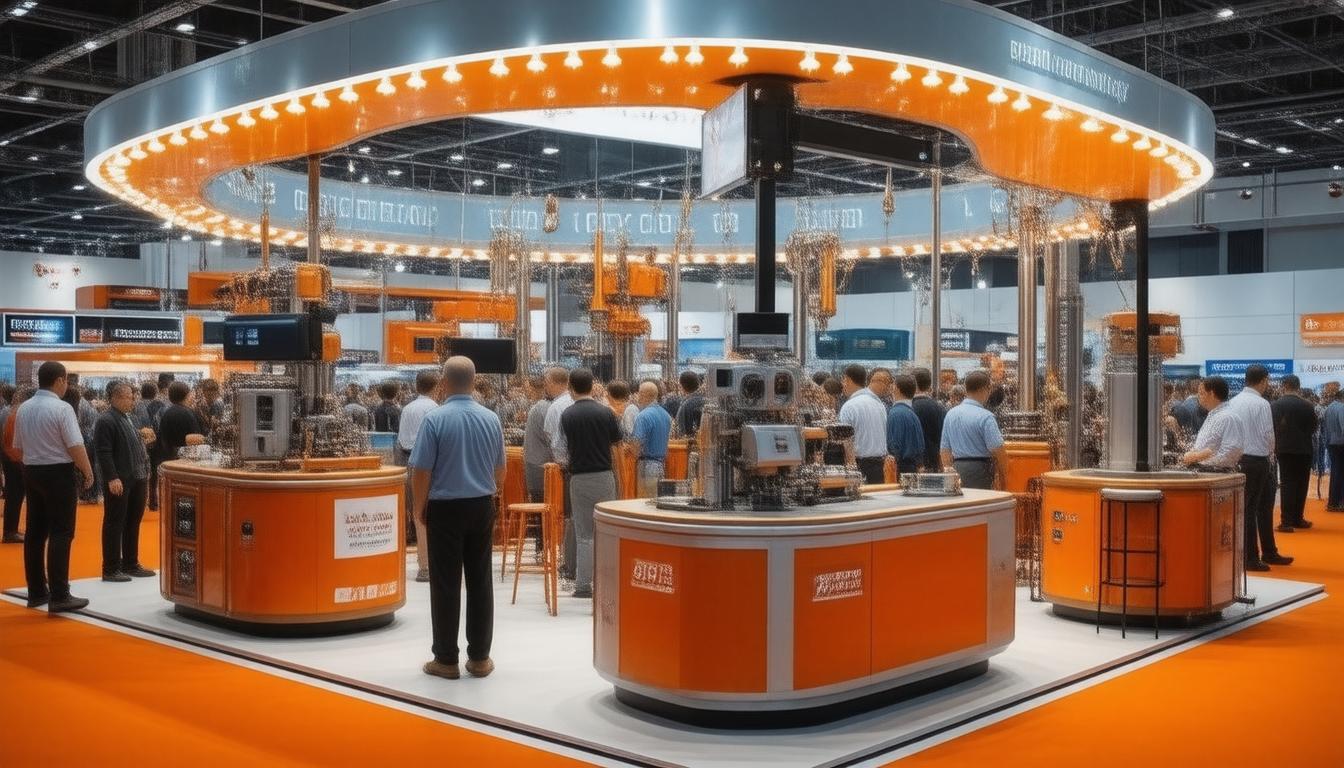
Trenchless sewer repair has emerged as a preferred method for fixing sewer lines without the need for extensive excavation. This technology allows for the repair of pipes from the inside out, offering a minimally invasive solution to sewer maintenance. The key advantage of trenchless repair is the ability to fix pipes without disturbing the surrounding landscape, roadways, or structures. This cost-effective and time-saving approach relies on various innovative materials to ensure a high-quality and durable repair.
Cured-in-Place Pipe (CIPP) LinersOne of the most commonly used materials in trenchless sewer repair is the Cured-in-Place Pipe liner, or CIPP. This material is a resin-saturated felt tube that, when inserted into the existing damaged pipe, hardens to form a pipe within a pipe. The CIPP liner adheres to the interior of the existing pipeline, effectively sealing cracks and eliminating leaks. The resins used in CIPP liners are typically composed of polyester, vinyl ester, or epoxy, chosen for their durability and compatibility with the host pipe material.
Polyethylene PipesHigh-Density Polyethylene (HDPE) pipes play a crucial role in trenchless pipe bursting and slip lining techniques. HDPE is known for its high strength-to-density ratio, making it an ideal material for replacing old, brittle piping. In pipe bursting, a cone-shaped bursting head fractures the old pipe outward as the HDPE pipe is pulled through its remains. Meanwhile, in slip lining, a smaller diameter HDPE pipe is inserted into the older pipe, effectively creating a new, seamless pipe that is corrosion resistant and has a long lifespan.
Epoxy ResinsEpoxy resins are another vital material used for rehabilitating sewer lines through relining. Epoxy is often used in conjunction with CIPP liners, being applied to saturate the liner before it is fixed inside the old pipe. Once hardened, the epoxy lining provides structural strength and resistance to chemical and abrasion impact. This method also benefits from being trenchless as it can be utilized through existing access points, significantly reducing the need for digging.
Polyurethane FoamFor fixing localized damage such as joint displacements or short cracks, polyurethane foam is a suitable material due to its flexibility and adhesive properties. This foam can be sprayed directly onto the damaged areas, expanding and hardening to fill gaps and seal leaks. Because it can adhere to various surfaces, polyurethane is effective for repairs in different types of sewer pipes, including concrete, clay, metal, and plastic.
Grouting MaterialsChemical grouting is a method used in trenchless sewer repair to seal joints and cracks. The key materials involved in this process include acrylamide, acrylates, and urethane-based grouts. These substances are injected into the ground around the pipe or directly into the defect, where they expand and cure to form a watertight seal. This method can be used as a standalone repair or as a supplemental technique to reinforce other trenchless repairs.
Robotic Cutting ToolsWhile not a material per se, robotic cutting tools are essential in the process of trenchless repair for accurately preparing and finishing the pipe interiors. These tools, often made from high-strength steel and carbide, are remotely operated to cut away obstructions, roots, or protrusions as well as to smooth edges after a liner installation. Their use ensures a clean and proper fit for the repair materials.
ConclusionThe technology and materials used in trenchless sewer repair have revolutionized the way we maintain our sewer infrastructure. Not only do these techniques help to preserve the integrity of the environment, but they also facilitate a faster, less invasive, and often more cost-effective solution to sewer line problems. As materials and methods continue to advance, the efficiency and popularity of trenchless sewer repairs are likely to increase, ensuring a robust and resilient piping system for urban areas.






